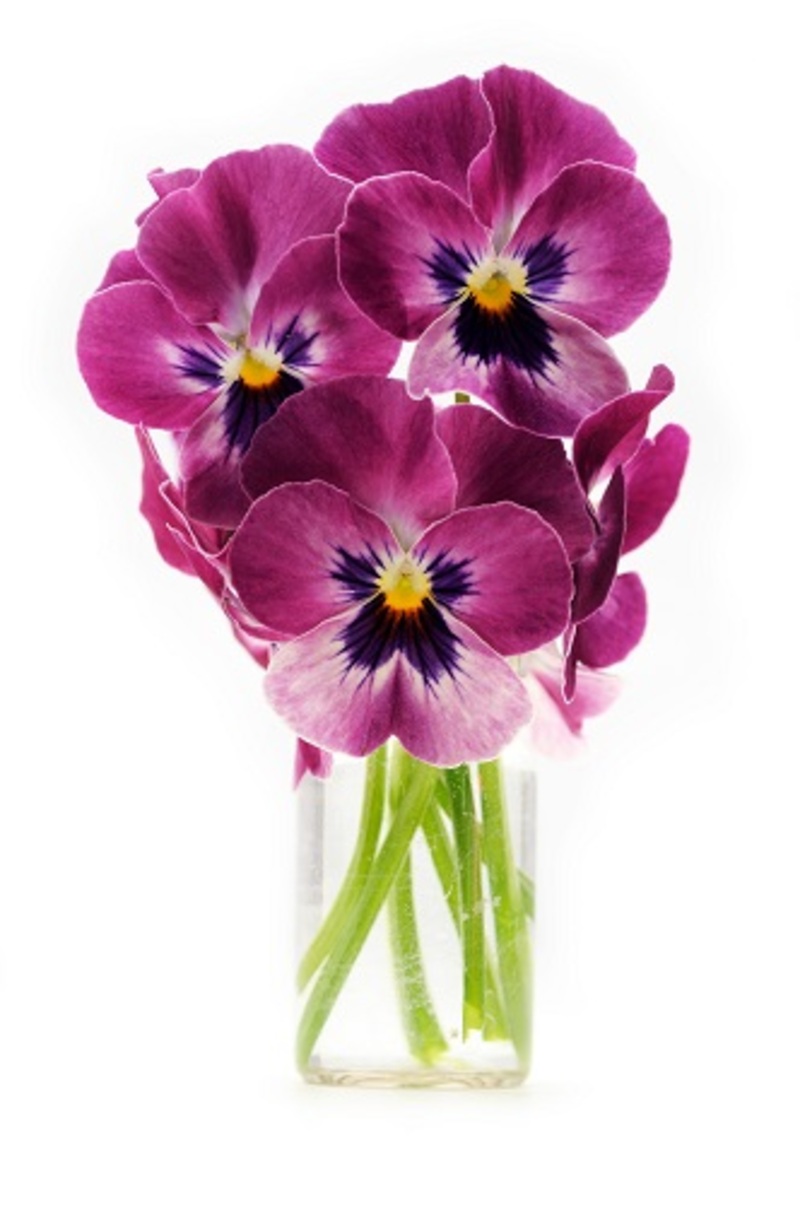Uncover 7 Lesser-Known Facts About Tulips
Posted on 13/08/2025
Uncover 7 Lesser-Known Facts About Tulips
The elegant tulip is one of the world's most celebrated spring flowers, admired in gardens, floral displays, and art across centuries. Yet, despite their popularity, tulips still keep many secrets beneath their vibrant petals. In this comprehensive guide, you'll explore seven surprising and little-known facts about tulips that go far beyond their beauty.
If you're a tulip enthusiast, gardener, or just someone fascinated with floral trivia, prepare for an eye-opening journey into the hidden world of this iconic spring blossom.
1. Tulips Didn't Originate in the Netherlands
When you hear the word tulip, the Netherlands probably comes to mind, with its colorful fields stretching as far as the eye can see. However, tulips originated far from Dutch soil. Their true botanical home lies in the mountainous regions of Central Asia, specifically in areas spanning modern-day Kazakhstan, Uzbekistan, and surrounding territories.
- The Ottoman Empire played a crucial role in popularizing tulips in Europe during the 16th century.
- Tulips were considered luxury items, often grown by sultans and nobility.
- It wasn't until Carolus Clusius, a renowned botanist, began cultivating them at Leiden University in the late 1500s that the tulip craze truly took root in the Netherlands.
Today, the Netherlands may be synonymous with tulip cultivation and commerce, but these globe-trotting flowers have much older, deeply rooted stories from Asia.

2. The Science Behind Tulips' Vibrant Colors
What is it that makes tulips stand out with such breathtakingly bold hues? The science of tulip color delves into the interplay of genetics, pigments, and even viruses!
The Role of Pigments
- Anthocyanins: Responsible for red, purple, and blue shades.
- Carotenoids: These create yellow and orange tones.
A unique aspect of tulip coloring is that some of their most spectacular and historic color variations were the result of a virus known as the tulip breaking virus. During the Dutch Golden Age, this virus caused dramatic streaks and feathered patterns on petals, significantly increasing the value and appeal of certain varieties.
While the tulip breaking virus is now mostly controlled due to its potential harm to plant health, modern breeders continue to use a mix of natural and scientific techniques to produce an amazing array of colors and petal variations.
3. Tulips Were Once More Valuable Than Gold
The term "Tulip Mania" refers to a wild period in 17th-century Dutch history when some tulip bulbs fetched prices far exceeding gold. This extraordinary phase, often cited as the world's first speculative bubble, gripped wealthy merchants and common townspeople alike.
- Rare varieties, particularly those with unique color streaks (caused by the breaking virus), were considered status symbols.
- A single bulb of the most prized tulips could cost more than the average home in Amsterdam at the time!
- The bubble dramatically burst in the mid-1630s, leaving many investors in dire financial straits.
Few flowers can claim to have caused economic upheaval, but tulips did just that--forever linking their story to the annals of financial history.
4. Tulips Can Be Eaten in Emergencies
Here's a fact about tulips that surprises many: tulip bulbs are edible. While not commonly consumed, there have been historical moments when tulips served as a last resort food source.
- During World War II's "Hunger Winter" in the Netherlands, families dug up and prepared tulip bulbs to stave off starvation.
- The bulbs taste starchy and slightly bitter; they are best boiled and served like potatoes.
- However, some bulbs may cause stomach discomfort, and eating ornamental tulips is not generally recommended today.
Nonetheless, this lesser-known tulip fact illustrates both the resilience of the Dutch people and the adaptability of this springtime flower in times of crisis.
5. There Are Over 3,000 Registered Tulip Varieties
Did you know that around the world, there are more than 3,000 distinct tulip varieties officially registered? With ongoing breeding programs, the number continues to grow each year.
Major Tulip Groups
- Single Early and Single Late Tulips
- Double Tulips - lush, peony-like blooms
- Triumph Tulips - sturdy stems, excellent for cutting
- Fringed and Parrot Tulips - flamboyant, ruffled petals
- Species Tulips - wild origins, naturalizing in gardens
Whether you love classic red cups or wild, dazzling striped petals, there's a tulip variety for every taste. The ongoing innovation by horticulturists ensures future seasons will bring even more spectacular tulip surprises to gardens worldwide.
6. Tulips Have a Secret Scent
We often associate tulips with visual beauty rather than fragrance. But did you know some tulip species emit delicate scents? Most tulips cultivated for large-scale display are unscented, but certain species and hybrid varieties possess subtle, sweet, or even spicy aromas.
- Wild tulip species from Central Asia sometimes feature herbal or honey-like scents.
- Some modern varieties have been bred with enhanced fragrance profiles for specialty gardens and floral enthusiasts.
- Scented tulips are more noticeable outdoors on warm, sunny days, when volatile aroma compounds are released most readily.
Next time you're in a tulip garden, take a moment to gently sniff the blooms--you may discover a sensory secret that most visitors miss!
7. Tulips Move With the Sun
While tulips appear to stand still in a vase or garden bed, these flowers are surprisingly dynamic. Tulip stems and blooms can move and orient themselves in response to light--a phenomenon known as phototropism.
- In the garden, tulip blooms often lean towards sunlight, maximizing their exposure for photosynthesis.
- Cut tulips in a vase can continue to grow (up to 2 inches or 5 cm!) and curve towards windows or light sources indoors.
- This movement is due to plant hormones called auxins which regulate cell growth based on light direction.
Understanding this living movement can help you arrange tulips thoughtfully at home, ensuring they look their best throughout their display life.

Bonus: How to Grow Tulips Like a Pro
Essential Tulip Growing Tips
- Choose Healthy Bulbs: Always start with firm, unbruised bulbs for best results.
- Plant in Autumn: Tulips require chilling, so plant bulbs 6-8 weeks before the first hard frost.
- Well-Drained Soil: Avoid waterlogged soils to prevent bulb rot.
- Full or Partial Sun: Most tulips thrive with at least six hours of sunlight daily.
- Feed and Mulch: A balanced, slow-release fertilizer and a layer of mulch can protect and nourish your tulips for a strong spring showing.
By understanding these lesser-known tulip facts and professional growing techniques, you'll enhance both your garden's beauty and your appreciation for the fascinating story behind every bloom.
Conclusion: The Enduring Allure of Tulips
From their humble Asian origins to their era-defining economic impact, tulips are much more than just pretty petals. They are emblems of history, science, resilience, and wonder. Whether you are captivated by tales of Tulip Mania, curious about their hidden aromas, or in awe of the dizzying number of varieties, one thing is certain: tulips have many sides to their story still waiting to be discovered.
Next time you stroll through a spring garden or receive a tulip bouquet, remember these 7 lesser-known facts about tulips. Let their rich background deepen your appreciation for these timeless botanical treasures!
Did You Know?
- Want more floral secrets? Bookmark this page for tulip facts updated each year as new discoveries blossom!
Latest Posts
Reliable Methods to Sustain the Freshness of Flower Displays
Understanding Your Birth Flower and Its Symbolism
Liven up your workspace with minimal-care office plants





